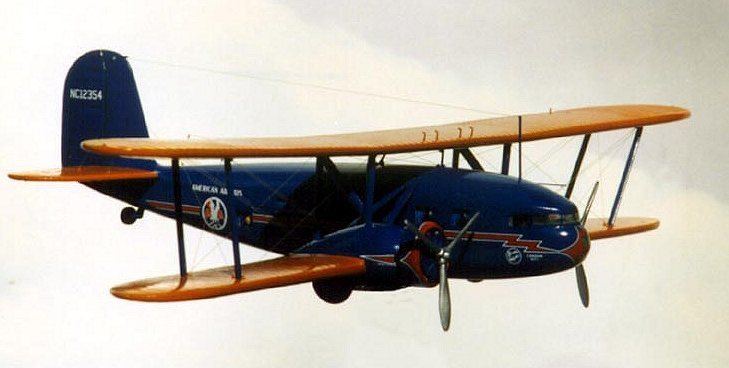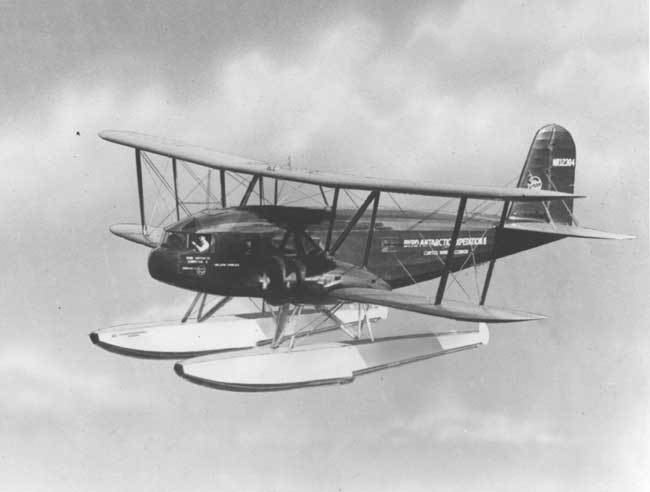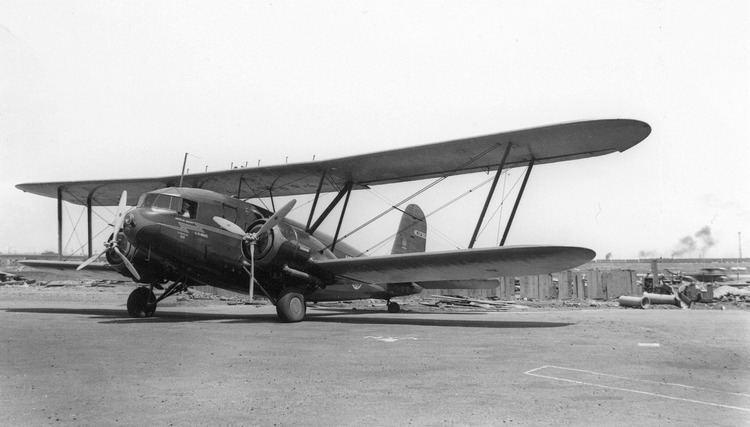Top speed 283 km/h Wingspan 25 m Cruise speed 209 km/h First flight January 30, 1933 | Range 1,352 km Length 15 m Engine type Wright R-1820 Cyclone | |
 | ||
The Curtiss T-32 Condor II was a 1930s American biplane airliner and bomber aircraft built by the Curtiss Aeroplane and Motor Company. It was used by the United States Army Air Corps as an executive transport.
Contents
- Development
- Variants
- Civil operators
- Military operators
- Specifications BT 32
- Accidents and incidents
- References

Development
The Condor II was a 1933 two-bay biplane of mixed construction with a single vertical stabilizer and rudder, and retractable landing gear. It was powered by two Wright Cyclone radial engines. The first aircraft was flown on 30 January 1933 and a production batch of 21 aircraft was then built. The production aircraft were fitted out as 12-passenger luxury night sleeper transports. They entered service with Eastern Air Transport and American Airways, forerunners of Eastern Air Lines and American Airlines on regular night services for the next three years. The June 15, 1934 American Airlines system timetable marketed its Condors as being "The World's First Complete Sleeper-Planes" with these 12-passenger aircraft being equipped with sleeper berths and also being capable of cruising at 190 miles per hour. An example of the Condor services operated by American were daily overnight flights between Dallas and Los Angeles during the mid 1930s with a routing of Dallas - Ft. Worth - Abilene - Big Spring, TX - El Paso - Douglas, AZ - Tucson - Phoenix - Los Angeles.
The Colombian Air Force operated three BT-32 equipped with floats in the Colombia-Peru War in 1933.

Two modified T-32s were bought by the United States Army Air Corps (designated YC-30) for use as executive transports. One Condor was converted with extra fuel tanks and used by the 1939-1941 United States Antarctic Service Expedition, and, unique for a Condor, had a fixed undercarriage to allow use on floats or skis. Some aircraft were later modified to AT-32 standard with variable-pitch propellers and improved engine nacelles. The AT-32D variant could be converted from sleeper configuration to daytime use with 15 seats. Four T-32s operating in the United Kingdom were pressed into service with the Royal Air Force at the outbreak of World War II.

Eight bomber variants (BT-32) were built with manually operated machine gun turrets in the nose and above the rear fuselage. All these aircraft were exported. A military cargo version (CT-32) was also built for Argentina. It had a large loading door on the starboard side of the fuselage.
Variants

Civil operators
Military operators
Specifications (BT-32)
General characteristics
Performance
Armament
